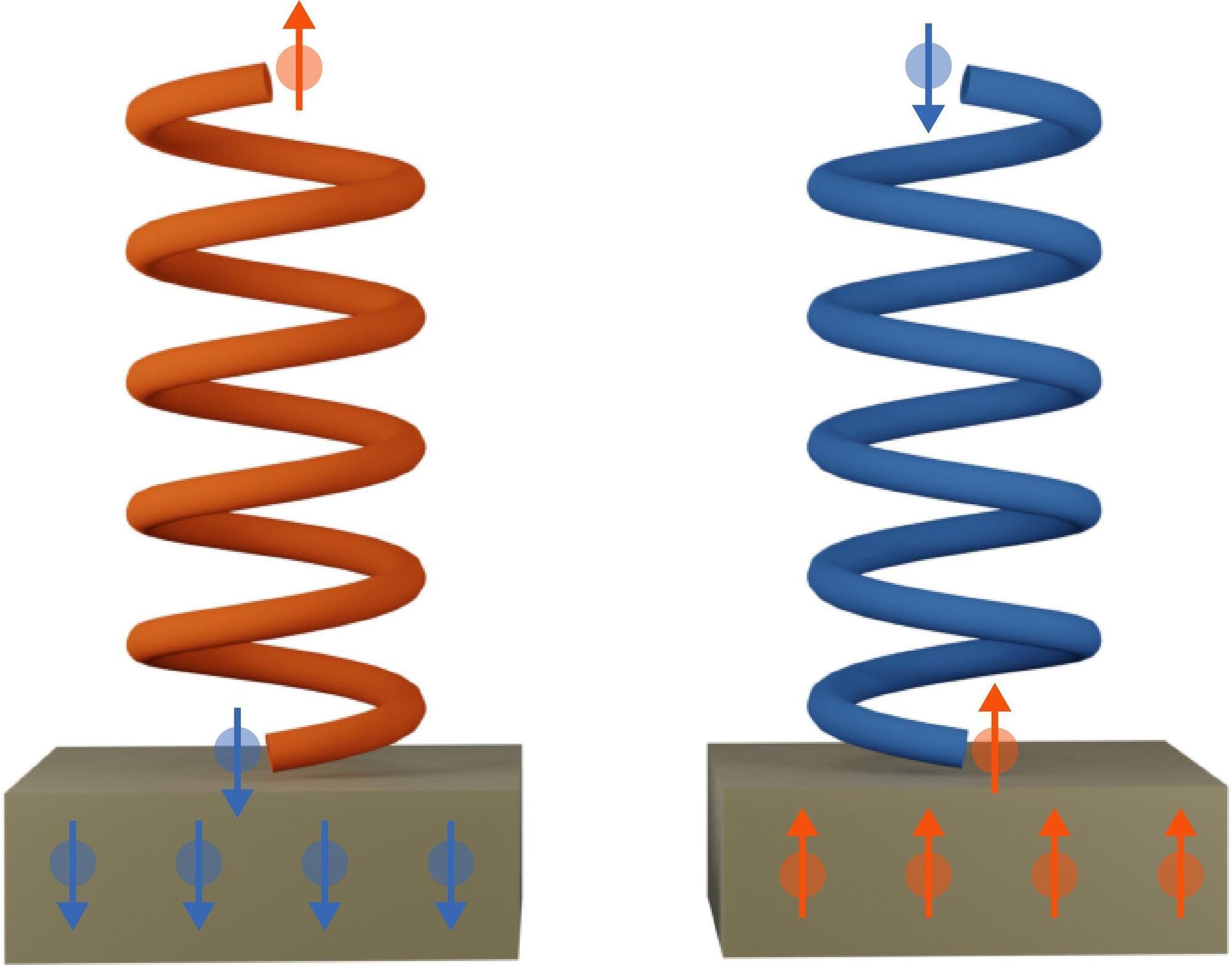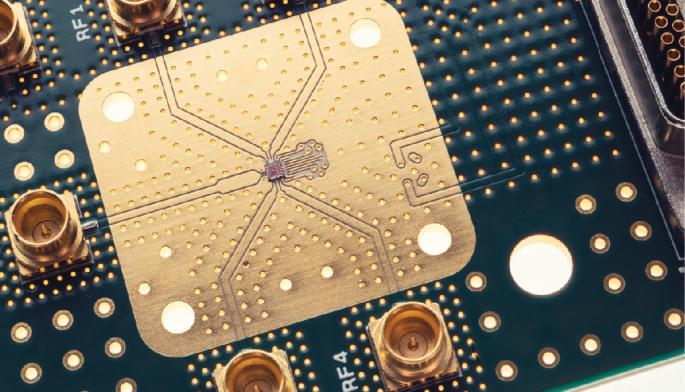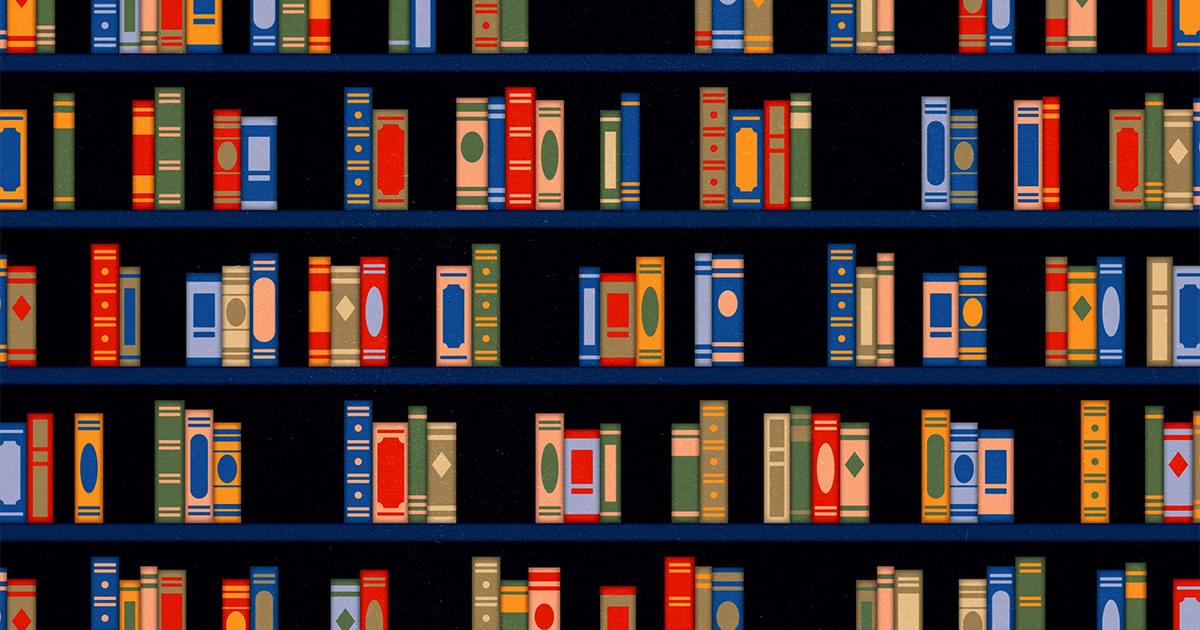Electrons have a hidden feature — spin — that could revolutionize technology. Magnets can control it, but researchers are now exploring chiral molecules as an alternative. These uniquely shaped molecules might help direct electron spin just as well, opening new possibilities for future electronics.
Electrons are well known for their negative charge, which plays a key role in electric currents. However, they also possess another important property: spin, or magnetic moment. This characteristic has significant potential for improving data storage technologies, but controlling electron spin has proven challenging.
Specifically, isolating electrons with a particular spin direction, such as spin-up, is difficult. One established method involves passing an electric current through a ferromagnetic material, like iron. This process aligns the spin polarization of the electrons with the material’s magnetic field.









